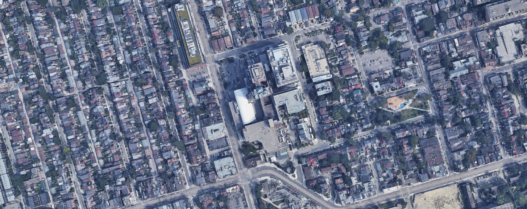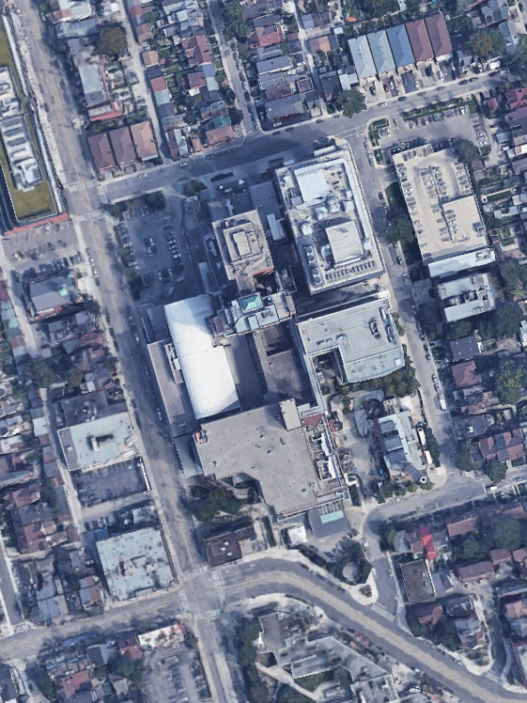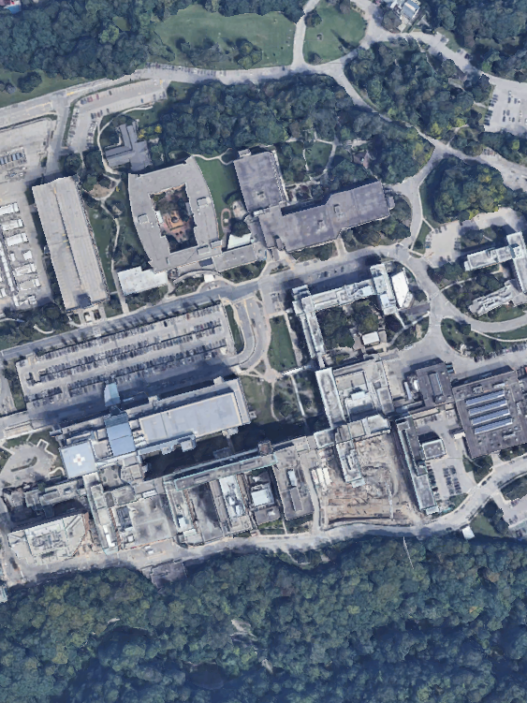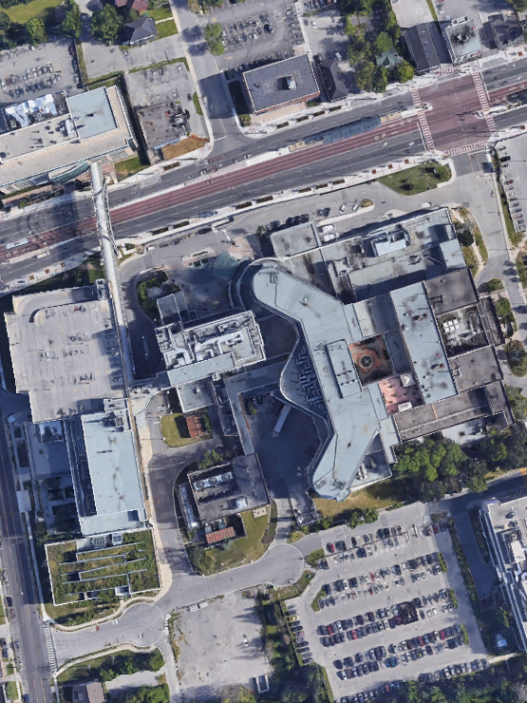Hip replacement surgery wait times can be long for Ontario residents. Long wait times can potentially increase fall risk for seniors.
⬇️ Scroll down to compare hospitals by expected wait time. Always verify the current expected wait times with your primary care physician or referred specialist.
Hip replacement surgery is a medical procedure to replace a damaged hip joint with an artificial one. Hip replacement is common for patients suffering from severe arthritis or have sustained significant hip damage, leading to chronic pain and mobility issues.
Wait 1 is defined as the time between a patient receiving a referral from a primary care physician and their specialist consultation. Wait 2 is defined as the time between the decision to proceed with surgery and the surgery itself.
Table of Contents:
- Introduction
- Paying for hip replacement surgery in Ontario
- Ontario hospitals with shortest hip replacement surgery wait times
- Ontario hospitals with longest hip replacement surgery wait times
- Interpreting wait times & data limitations
- Advocating for better data access
Introduction
Hip replacement surgery in Ontario is a medical procedure where a damaged hip joint is replaced with an artificial one. This operation is common among individuals suffering from severe arthritis or those who have sustained significant hip damage, leading to chronic pain and mobility issues. The surgery aims to relieve pain, enhance joint function, and improve the quality of life for patients.
Once deemed a candidate for hip replacement, patients in Ontario have the opportunity to discuss the types of artificial hip joints available, which can be made from various materials such as metal, plastic, or ceramic. The choice depends on several factors, including the patient’s age, activity level, and the surgeon’s preference and experience.
The procedure itself is performed under general or spinal anesthesia to ensure the patient’s comfort. There are different surgical approaches, but the most common involves making an incision over the hip to remove the damaged bone and cartilage, replacing them with the artificial joint. The surgery typically lasts a few hours, followed by a recovery period in the hospital, which can range from a few days to a week, depending on the patient’s overall health and the specifics of the surgery.
Post-operative care is critical for a successful outcome. In Ontario, patients receive comprehensive rehabilitation services, starting with early mobilization to prevent blood clots and improve circulation. Physical therapy plays a pivotal role in the recovery process, helping patients regain strength, flexibility, and mobility. The rehabilitation program is tailored to each individual’s needs, often starting in the hospital and continuing with outpatient therapy or home-based exercises.
Paying for hip replacement surgery in Ontario
Knee replacement surgeries are typically provided at no direct cost to residents of Ontario, as they are covered by the Ontario Health Insurance Plan (OHIP).
OHIP, which is funded through provincial taxes, ensures that essential medical services are accessible to Ontarians without direct charges at the point of service.
Ontario hospitals with shortest hip replacement surgery wait times
Below are five top hospitals in Ontario which have the shortest hip replacement surgery wait times:
- 🥇 St. Joseph’s Health Centre Toronto – University Hospital has the shortest wait time at 13 weeks for hip replacement surgery in Ontario. 96% of patients receive their surgery within the target time.
- 🥈 Sunnybrook Health Sciences Centre, with an average wait time of 16 weeks for hip replacement surgery, ranks second for the shortest wait time in Ontario. 94% of patients receive treatment within the target time.
- 🥉 Michael Garron Hospital, with an average wait time of 17 weeks for hip replacement surgery, ranks third for the shortest wait time in Ontario. 100% of patients receive treatment within the target time.
- St. Michael’s Hospital, with an average wait time of 17 weeks for hip replacement surgery, ranks fourth for the shortest wait time in Ontario. 100% of patients receive treatment within the target time.
- Toronto Western Hospital, with an average wait time of 17 weeks for hip replacement surgery, ranks fifth for the shortest wait time in Ontario. 100% of patients receive treatment within the target time.
Ontario hospitals with longest hip replacement surgery wait times
Below are five top hospitals in Ontario which have the longest hip replacement surgery wait times:
- 🐌 London Health Sciences Centre – University Hospital has the longest wait time at 67 weeks for hip replacement surgery in Ontario. 32% of patients receive their surgery within the target time.
- 🐢 Pembroke Regional Hospital, with an average wait time of 59 weeks for hip replacement surgery, ranks second for the longest wait time in Ontario. 10% of patients receive treatment within the target time.
- 🦥 The Ottawa Hospital – General Campus, with an average wait time of 58 weeks for hip replacement surgery, ranks third for the longest wait time in Ontario. 16% of patients receive treatment within the target time.
- Southlake Regional Health Centre, with an average wait time of 49 weeks for hip replacement surgery, ranks fourth for the longest wait time in Ontario. 42% of patients receive treatment within the target time.
- Cornwall Community Hospital – McConnell Avenue Site, with an average wait time of 49 weeks for hip replacement surgery, ranks fifth for the longest wait time in Ontario. 43% of patients receive treatment within the target time.
Interpreting wait times & data limitations
Several factors can extend the average wait times for surgery in Ontario. Clinical considerations often lead doctors to delay surgeries based on a patient’s medical needs or other priorities. Additionally, patients may postpone their procedures due to personal reasons like scheduling conflicts, financial constraints, or a preference to delay treatment. The availability of hospital operating rooms also plays a critical role. These spaces are necessary for surgeries but can be scarce if occupied for other medical procedures or impacted by labor shortages. Seasonal variations further influence both room availability and staffing levels, potentially prolonging wait times during certain periods.
Conversely, average wait times can sometimes seem shorter than anticipated due to various factors. Some patients have flexible schedules, allowing them to fill slots that become available unexpectedly, thus shortening their wait. This adaptability, when averaged with others, can make overall wait times appear more favorable. Seasonality affects this dynamic as well, with certain times of the year experiencing lower demand for surgeries or increased temporary staffing, which can enhance room availability and reduce delays.
We focus on calculating wait times for Priority 4 patients because data for Priority levels 2 and 3 are typically incomplete. Surgeons, specialists, and healthcare administrators use clinical evidence to set these priority levels and target times, aiming to improve patient access and outcomes.
Furthermore, our data does not include patients who opt out of surgery after their initial consultation with a specialist.
Advocating for better data access
We are thankful for Ontario Health’s efforts in providing hospital wait times for surgeries. Ontario stands out globally for its transparency in reporting hospital wait times and covers a wide array of medical procedures.
We encourage Ontario Health to expand its data reporting to include average wait times by doctor, as seen in British Columbia and Saskatchewan. This information would greatly benefit patients by allowing them to choose doctors with shorter wait times.
Readers can consider reaching out to Ontario Health to advocate for this beneficial change.
Learn wait times for other medical procedures in Ontario:















